Why is Himalayan Pink Salt Beneficial for Health?
In recent years there has been a major drive by health authorities to get people to reduce their salt intake. Excess salt consumption has been implicated in several diseases and in particular elevated blood pressure. However, the real question to ask is: are all salts equal?The Difference Between Processed Salt and Natural Salt
Commonly available table salt is highly processed and is devoid of the trace minerals that are found in natural salts such as sea salts or Himalayan pink salt. Not only is common salt devoid of trace minerals, but it contains a few additive chemicals. In effect, it is changed significantly from raw unprocessed natural salts.
Natural unprocessed salt provides the body with trace electrolytes, some in very minute quantities. These electrolytes are necessary for biochemical reactions throughout the body, particularly at cellular level. They help to promote health at a foundational level.
Good natural unprocessed salt is a very good antioxidant and is believed to enhance the effectiveness of other antioxidants. It is a strong detoxifier and in addition to being taken internally can be used in a bath to aid skin detoxification and rejuvenation, as well as aiding muscle relaxation.
Throughout the ages salt has been valued for its medicinal properties. In his classic book 'Water & Salt: Your Healers from Within' pioneering doctor F Batmanghelidj lists numerous health benefits of salt. In particular he states:
- Salt is a strong natural antihistamine
- Salt is a strong anti-stress nutrient for the body
- Salt is vitally important for extracting excess acidity from the cells
- Salt is vital for the kidneys to clear excess acidity and pass acidity into the urine
- Salt is essential for the treatment of emotional and affective disorders
- Salt is essential for preserving the serotonin and melatonin levels in the brain
- Salt is vital in the prevention and treatment of cancer
- Salt is vital for maintaining muscle tone and strength
- Salt can be effective in stabilising irregular heartbeats and, contrary to the misconception that it causes high blood pressure, is actually essential for the regulation of blood pressure – in conjunction with water and other minerals
- Plus many other useful applications to improve health.
This book is an excellent and readable resource for those interested in the benefits of water and good salt, and how they can significantly improve health.
There is considerable debate as to which type of natural unprocessed salt is best – sea salt or Himalayan pink salt. In our view, Himalayan pink salt is the better option due to the increasing toxic loads on our oceans. It is a rich source of trace minerals, helping to detoxify and energise the body at cellular level.
This salt is mined in the unpolluted foothills of the Himalayan mountains. It is a great salt to use for culinary applications, for making a brine solution that you can add to water and drink, or for use in a detoxing bath. Its pink hue, incidentally, is due to its mineral content.
Of course, salt intake should be balanced with water intake. The guidelines from Dr Batmanghelidj are that our salt intake should be 1/4 of a teaspoon for every litre of water we drink. If we exercise and sweat, we need to increase our intake. Salt should be consumed throughout the day for maximum benefit. Good salt and plenty of good water is vitally important if we wish to enjoy optimum health.
The Salt Fix: A New Perspective on the Benefits of Salt
One book that made headlines in 2017 was The Salt Fix: Why the Experts Got It All Wrong by cardiovascular research scientist Dr. James DiNicolantonio, who firmly believes that the persistent demonisation of salt is actually having a negative impact on our health.
Calling upon rigorous research, Dr. DiNicolantonio points out that around 80% of people with normal blood pressure are not sensitive to the BP-raising effects of salt at all. Even among those with prehypertension, a precursor to high blood pressure, the figure is 75%.
While the NHS website advises adults to eat no more than 6g of salt per day, Dr. DiNicolantonio recommends between 7.5g to 15g – and contends that this should not be classed as ‘high salt’ at all, so long as it is the right kind of salt.
As he points out, ‘if a high salt diet really put people’s health at risk, why are the highest salt-eating populations (Japan, South Korea) living the longest, with the lowest rates of coronary heart disease in the world?’
It becomes clear when reading this exceptionally well-researched book that the strict low salt guidelines were motivated by a false assumption that the modest benefits to blood pressure – observed in a minority of patients – would extend to the rest of the population.
Simultaneously, any adverse effects driven by a reduction in dietary salt were not even considered. Think about the effect on insulin as just one example. When the body is lacking salt, one of its primary responses is to ramp up the production of insulin, since insulin helps the kidneys hold on to sodium. The consequence of this increase, of course, is insulin resistance – now accepted as a key factor in the development of chronic diseases such as type 2 diabetes and heart disease.
Our bodies evolved to need salt, so the question should be asked, why are we depriving ourselves of it in ever greater numbers? Eat good salt regularly, and if you're at all concerned about blood pressure, have your levels checked.
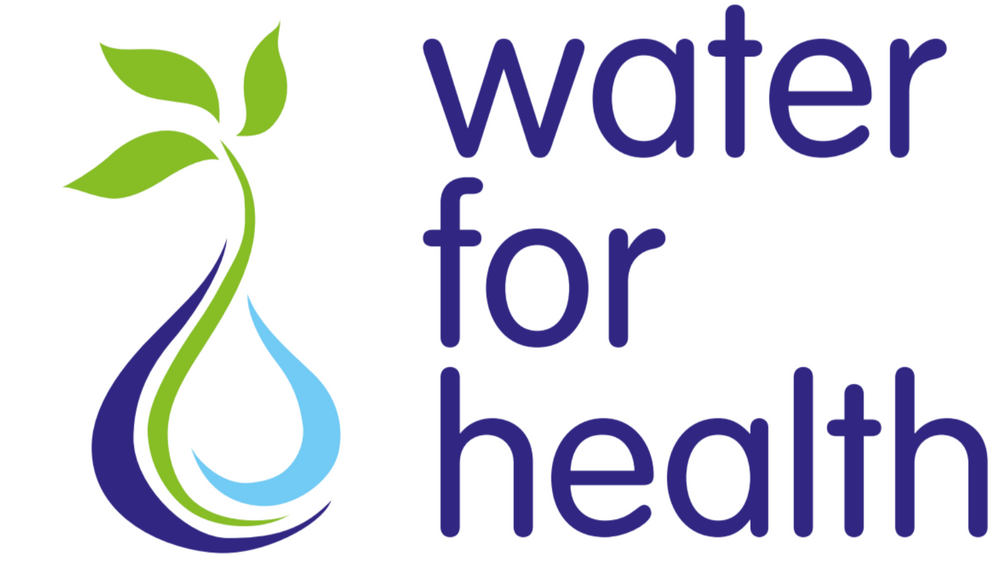




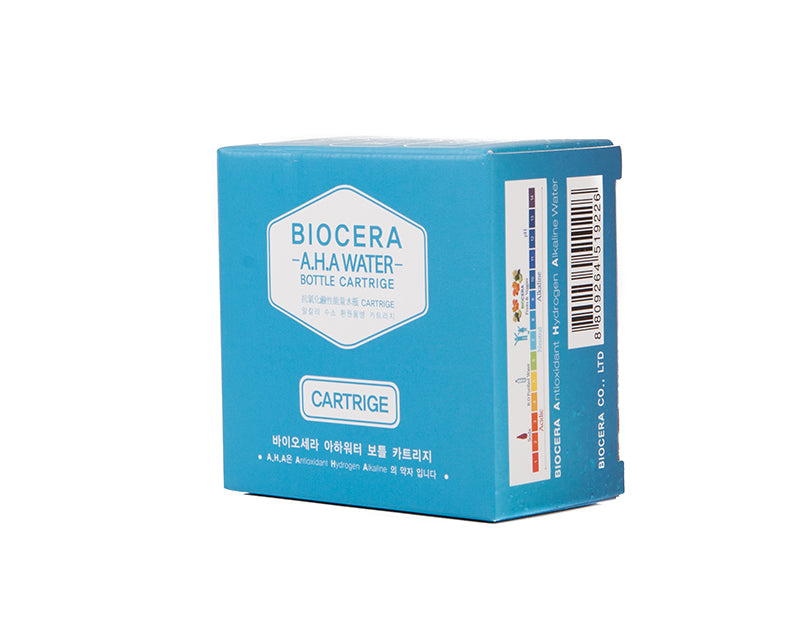






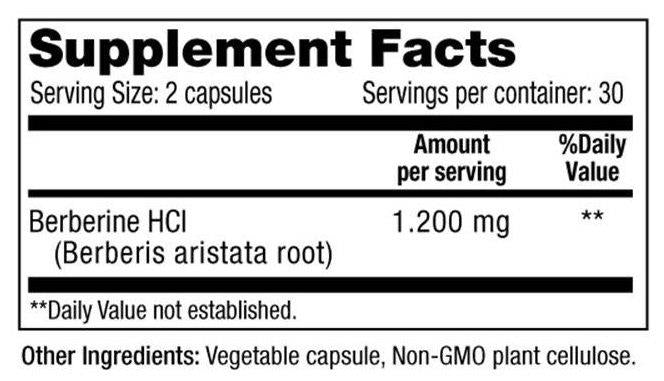

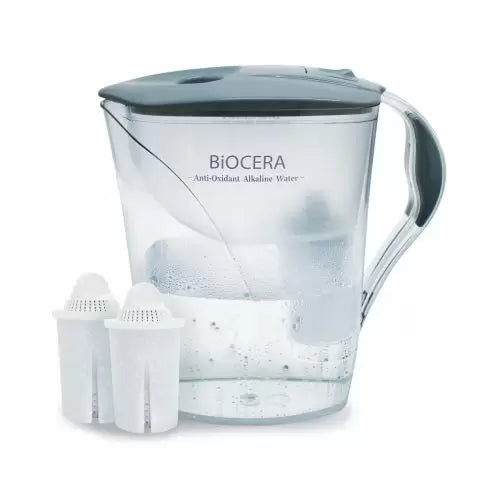


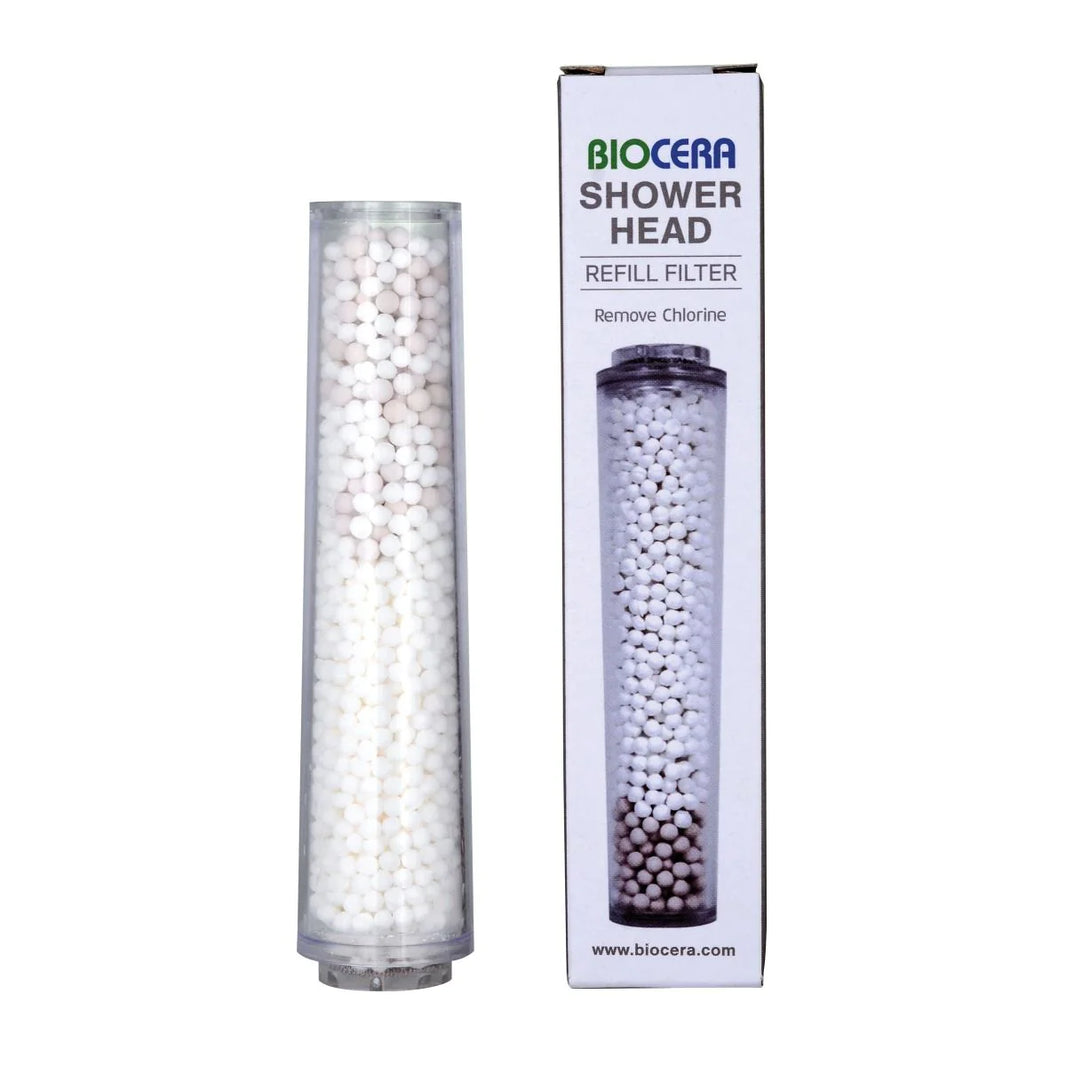









Leave a comment